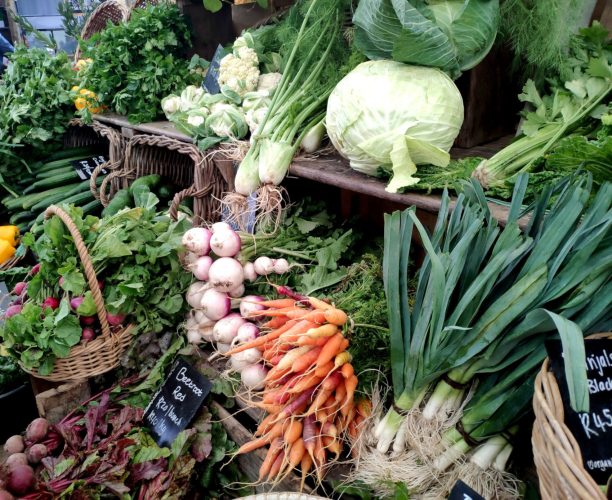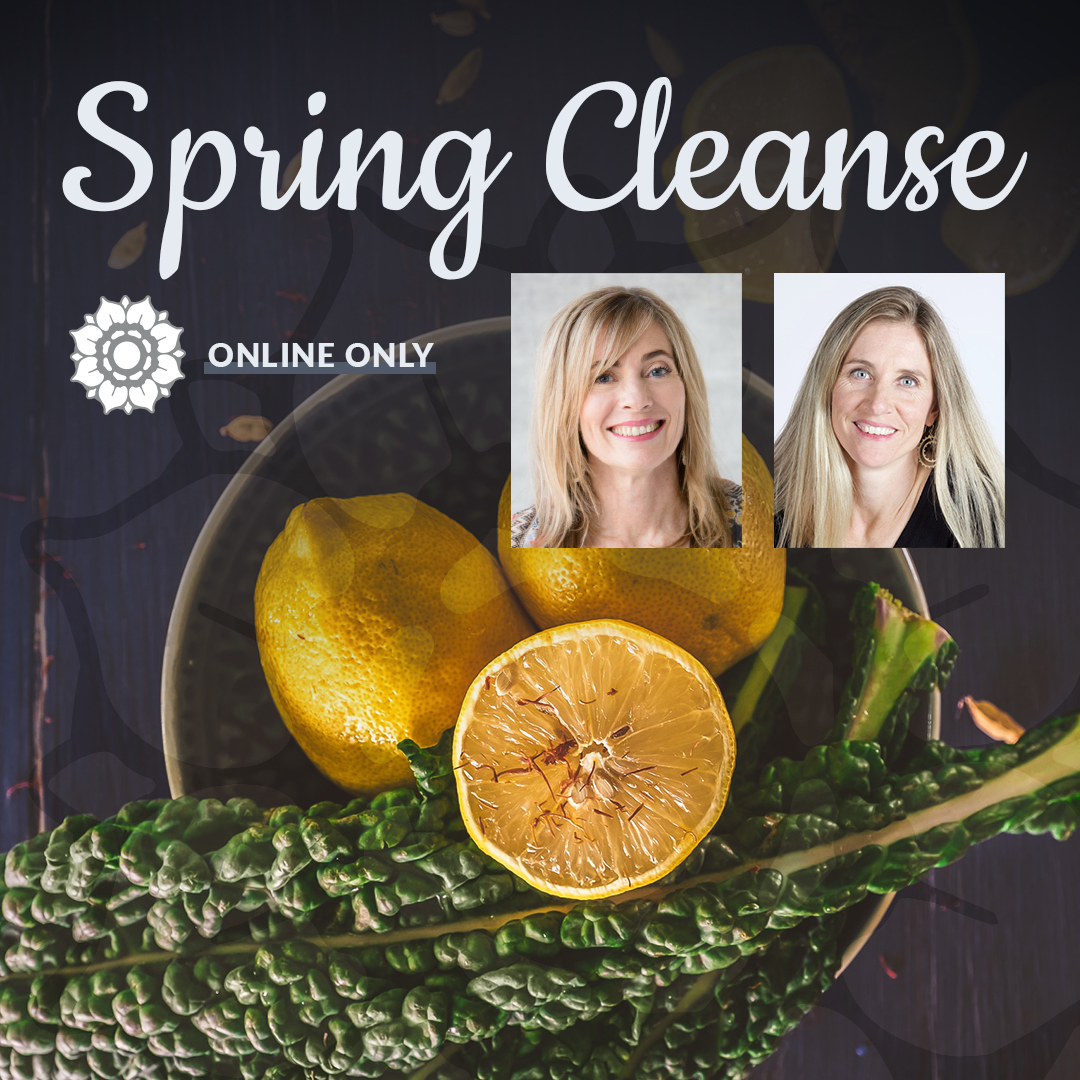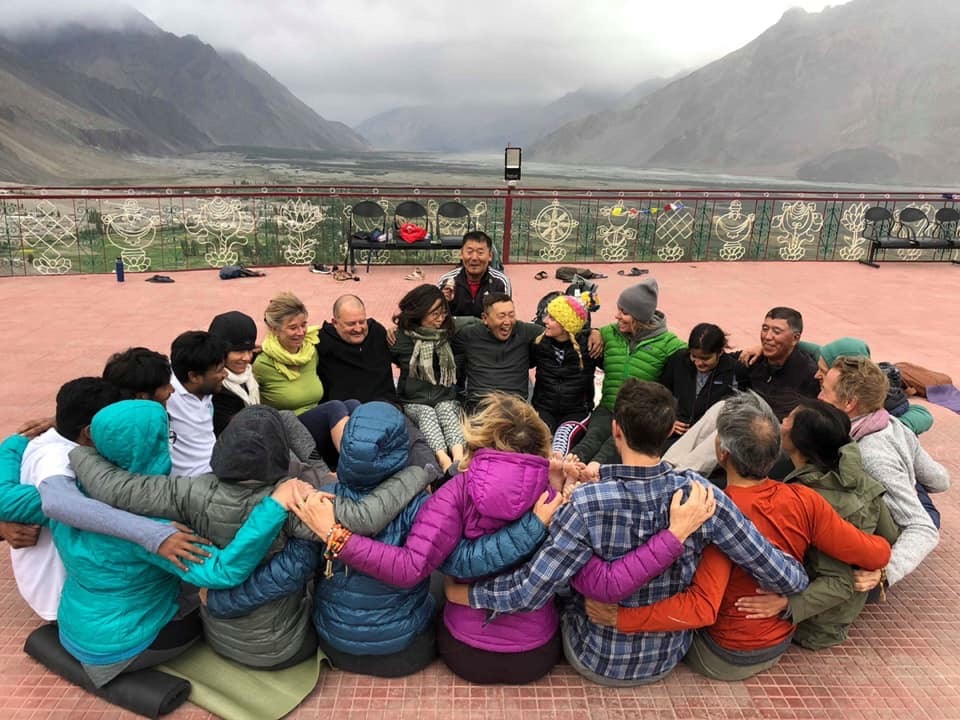Most people who buy organic food are aware of the ‘Dirty Dozen’ and the ‘Clean Fifteen’ lists released every year by the Environmental Working Group. While these lists can be a helpful shopping guide (if you are on a budget, it is good to be aware that they only cover produce), there are other food groups even more important to buy organic – especially when you shop in stores. Food found at farmers’ markets, which is locally grown on small farms, often use practices similar to organic farms even when they are not organic certified.
The main GMO crops produced in the US are soy (94 percent), cotton/cottonseed oil (94 percent), canola (98 percent), sugar beets (95 percent), and corn (92 percent). The main reasons they were genetically modified was to either get rid of pests (for instance, Bt-corn produces its own pesticide, Bt-toxin, to kill bugs by breaking open their stomach!), or to get rid of weeds easier. So called ‘Roundup-Ready’ crops survive being sprayed by glyphosate, the active ingredient in Roundup that kills every ordinary plant coming in contact with it.
Now, the crops are drained in glyphosate, which is considered one of the most toxic herbicides ever. Glyphosate was originally patented as an antibiotic. However, it disrupts the microbiome of the gut, which can cause all kinds of inflammation, sensitivities, and is linked to many chronic diseases, such as type 2 diabetes, obesity, and cancer. Glyphosate also disturbs the microbiome of the soil, leading to less availability of nutrients for plants to be absorbed. So, any field that’s treated with glyphosate produces plants that are less nutritious, therefore making the consumers more nutrient-deficient.
More categories of crops that are drained in Roundup are conventionally-grown grains, legumes, and potatoes. Unfortunately, for more than 20 years, the U.S.’s common practice is to spray these crops with glyphosate just before harvest: it acts like a desiccant, or drying agent. This practice makes harvest more independent from weather, so crops can be harvested earlier and with a higher yield. However, this comes with a high price tag. Earlier harvest means not fully-ripened crops. Unripe wheat, for example, has a different protein profile than ripe wheat; combined with a heavy load of glyphosate, it disrupts the microbiome and is linked to the skyrocketing epidemic of celiac disease and gluten sensitivity.
Now, when you consider how conventionally-raised animals accumulate all these toxins from the GMO food over their lifetime, one would think that dairy, eggs, and meat need to be organic as well. However, pasture-raised and grass-fed are even more important for animal products. Think of what cattle and chicken naturally eat. When the package for eggs states 100% vegetarian feed, the hens hadn’t seen the outside. Chickens on open pastures love to forage for bugs, larva, and worms; milk from cattle raised on open pastures and being exposed to sunshine contain higher amounts of nutrients. Pasture-raised and grass-fed is the only sustainable way to raise animals, resulting in happy animals, too.
Back to organic. In addition to synthetic pesticides and herbicides, growth hormones, antibiotics, waste water from the oil and gas industry for irrigation, and ionizing radiation (all of which can damage or deplete nutrients) are all forbidden. On the other hand, organically-grown food is grown on crop rotation and organic fertilizers (often manure) which adds many micronutrients, improves the structure of the soil, and the soil’s ability to hold nutrients and water. So, over time, organic practices will make the soil (and the plants) healthier and stronger, resulting in more nutrient-dense foods.
















